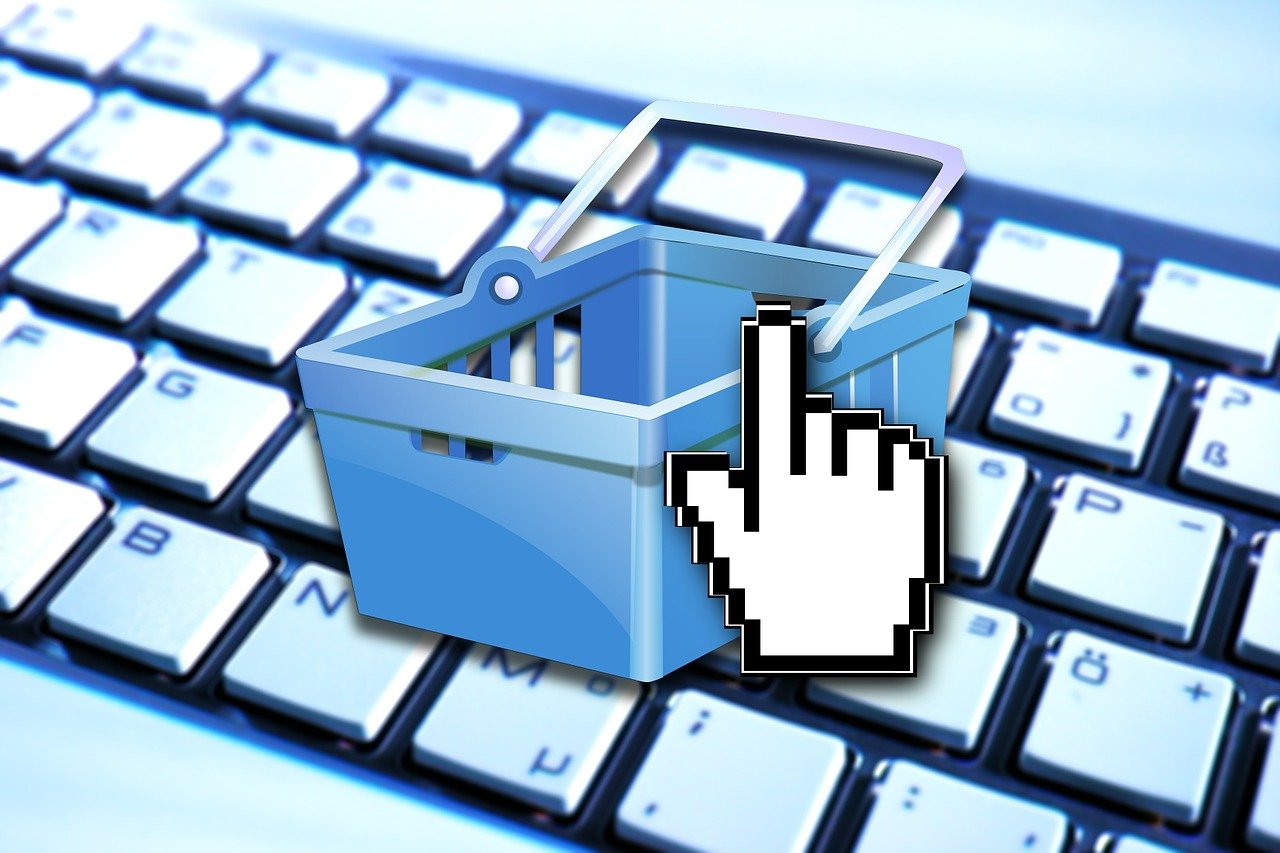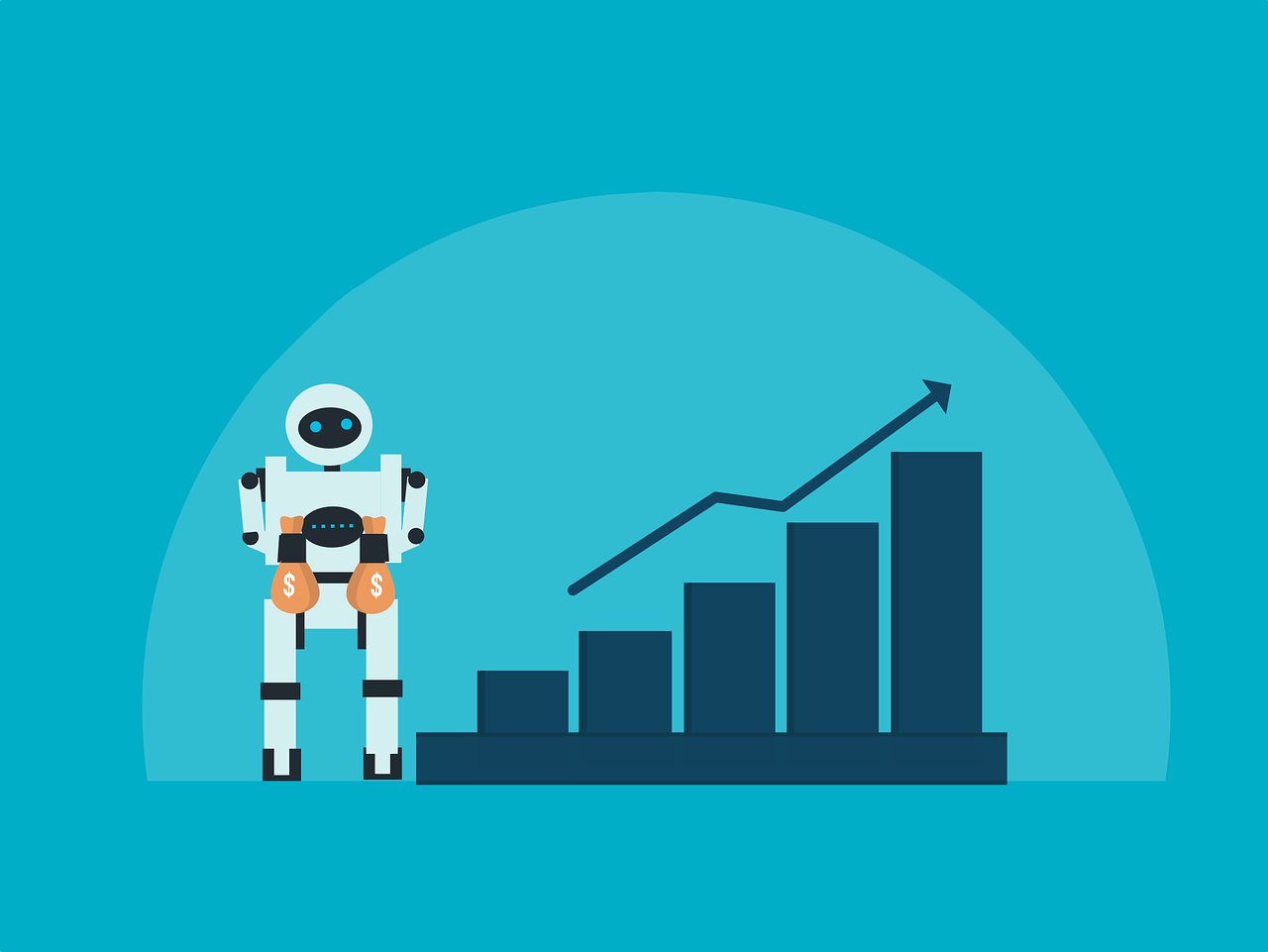Blockchain Technology: Revolutionizing Security, Transparency, and Decentralization Beyond Bitcoin

Brief news summary
Blockchain, the technology behind Bitcoin, is a decentralized digital ledger that ensures secure, transparent, and tamper-resistant record-keeping. Unlike traditional systems controlled by central authorities like banks, blockchain distributes identical copies of data across numerous computers, removing single points of failure. Transactions are grouped into cryptographically linked blocks, making them immutable and extremely difficult to alter without majority network control. Publicly visible transactions guarantee transparency while users retain pseudonymity. Consensus mechanisms such as Proof of Work and Proof of Stake validate transactions, fostering trust without a central authority. Blockchain enhances security, transparency, decentralization, efficiency, and traceability, reducing fraud and streamlining processes. Beyond cryptocurrencies, blockchain’s applications span supply chain management, healthcare, digital voting, identity verification, intellectual property, and real estate. By enabling trust in trustless environments, blockchain is revolutionizing industries and supporting secure, transparent, and decentralized global operations.Best known as the technology powering Bitcoin, blockchain is emerging as a trustless, tamper-proof system with the capacity to revolutionize sectors from finance to healthcare. Blockchain is a groundbreaking method for organizing and securing data, famously serving as the foundation for cryptocurrencies like Bitcoin. It functions as a special digital ledger that is decentralized, transparent, and nearly tamper-proof. Here's how it operates and why it is important: Core Features of Blockchain - Distributed: Instead of a central authority such as a bank managing the ledger, identical copies are spread across a vast network of computers called "nodes. " This decentralization removes single points of failure; if one node goes offline, others maintain network operation smoothly. - Immutable: Once data is recorded, it becomes extremely difficult to alter or delete. Transactions are grouped into blocks linked cryptographically in chronological order. Altering a block breaks this chain and alerts the network. To change any record, a hacker would need to modify that block plus all subsequent blocks on a majority of nodes, a computationally unfeasible task on a secure blockchain. - Transparent (yet pseudonymous): While user identities are concealed by alphanumeric addresses, all transactions are publicly visible. This balance provides transparency while safeguarding user privacy. - Secured by Cryptography: Each block contains a cryptographic hash of the previous block—a unique digital fingerprint. Any slight data change alters the hash, invalidating subsequent blocks, thereby ensuring blockchain integrity. - Consensus-driven: Before a new block is appended, the majority of network nodes must validate its transactions using consensus mechanisms such as Proof of Work (Bitcoin) or Proof of Stake (Ethereum). These methods allow trust without centralized authority. How Blockchain Works (Simplified) 1.
A transaction happens—someone sends Bitcoin or records a supply chain event. 2. Transaction details are broadcast to network nodes for validation. 3. Nodes verify legitimacy (e. g. , sufficient funds, valid digital signatures). 4. Validated transactions are grouped into a block. 5. Miners solve a cryptographic puzzle (Proof of Work); the first solver earns the right to add the block (“mining”). 6. The new block is permanently linked to the existing blockchain. 7. All network nodes update their copies to reflect the new block. Key Advantages of Blockchain - Security: Its decentralized, cryptographic structure makes it highly resistant to fraud and tampering. - Transparency: Participants share the same immutable ledger, building trust. - Decentralization: Absence of a single control point lowers systemic risks and eliminates intermediaries. - Efficiency: Streamlines transactions by automating record-keeping and reducing intermediaries. - Traceability: Every action is recorded, enabling verifiable and auditable transaction histories. Applications Beyond Cryptocurrencies Although Bitcoin was blockchain’s pioneering use case, its potential is broadening across multiple fields: - Supply chain management: Tracking goods from origin to destination to verify authenticity and reduce fraud. - Healthcare: Secure and private sharing of patient data among providers. - Voting systems: Creating tamper-proof, transparent, and verifiable digital elections. - Digital identity: Providing individuals with secure, self-sovereign digital identities. - Intellectual property: Proving ownership and monitoring digital content usage. - Real estate: Simplifying and securing property title transfers and land records. In summary, blockchain introduces a new paradigm for secure, transparent, decentralized record-keeping. By removing the need to trust centralized authorities, it holds transformative potential for entire industries, establishing trust within a trustless framework. RELATED READINGS: - Bitcoin investor Anthony Pompliano unveils $1 billion merger ProCap Financial (June 24, 2025) - Bitcoin buyer Metaplanet plans to raise $5. 4 billion (June 9, 2025)
Watch video about
Blockchain Technology: Revolutionizing Security, Transparency, and Decentralization Beyond Bitcoin
Try our premium solution and start getting clients — at no cost to you

I'm your Content Creator.
Let’s make a post or video and publish it on any social media — ready?
Hot news

OpenAI sees better margins on business sales, rep…
The publication stated that the company enhanced its “compute margin,” an internal metric representing the portion of revenue remaining after covering the costs of operating models for paying users of its corporate and consumer products.

AI Video Generation Tools Enable Personalized Mar…
In the rapidly evolving field of digital marketing, artificial intelligence (AI) is playing a crucial role in reshaping how brands connect with their audiences.

Leveraging AI for SEO: Best Practices and Tools
As artificial intelligence (AI) advances, its significance in search engine optimization (SEO) grows markedly.

Decoding the Impact of AI on Advertising and Mark…
Artificial intelligence (AI) is fundamentally transforming the advertising and marketing industries, marking a profound shift beyond previous technological advancements.

Nvidia: Only A 3% Premium For The Most Important …
Nvidia: Just a 3% Premium for the Most Crucial AI Company The J Thesis 1

“AI SMM”, new training from Hallakate – Learn how…
In an era where technology is transforming how we create content and manage social networks, Hallakate introduces new training tailored for this new age: AI SMM.

AI Training GPU Cluster Sales Market Size | CAGR …
Report Overview The Global AI Training GPU Cluster Sales Market is projected to reach approximately USD 87
AI Company
Launch your AI-powered team to automate Marketing, Sales & Growth

and get clients on autopilot — from social media and search engines. No ads needed
Begin getting your first leads today








